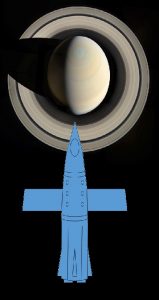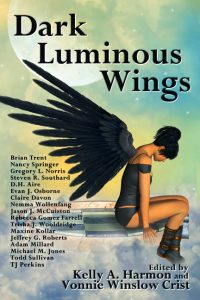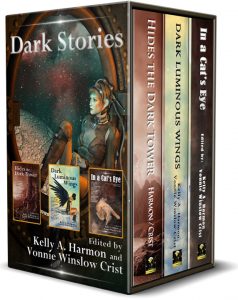The war raged on a few years ago, and I had hoped by now it was over. I’m talking about the gender war among science fiction writers.
 The old stereotype was that male authors wrote hard science fiction, plot-driven stories that were true to science; and female authors wrote soft science fiction, character-driven stories that verged into magic and fantasy without a firm backing in scientific principles. Moreover, some considered the former true science fiction and the latter not SciFi at all.
The old stereotype was that male authors wrote hard science fiction, plot-driven stories that were true to science; and female authors wrote soft science fiction, character-driven stories that verged into magic and fantasy without a firm backing in scientific principles. Moreover, some considered the former true science fiction and the latter not SciFi at all.
However, I suspect the vast majority of SciFi readers don’t care about the author’s gender at all. There might be, among female readers, a feeling of pride in the sisterhood at reading a book by a woman author, but for the most part, readers just crave good stories by any author. To some extent, writer Mike Brotherton backed that up with an unscientific poll on his website in 2010, where 86% of the responders said the author’s gender had no impact on whether they bought and read a book.
In 2014, K. Tempest Bradford wrote an article for NPR titled “Women Are Destroying Science Fiction! (That’s OK; They Created It).” The article reviewed the controversy and highlighted a then-new issue of Lightspeed magazine, edited by women and containing stories written by women.
But Bradford’s article came out four years ago. Surely both sides have declared a truce by now. Right?
Apparently not. I went to a literary SciFi convention in Dallas, Texas last week, a convention called FENCON. I attended an enjoyable panel titled “Ladies First! – Female Writers and How they Got Started.” Authors Patrice Sarath and Mel Tatum made it an informative and educational session. The panelists praised female SciFi authors, both past and present, and neither they nor the audience (mostly male) had any trouble rattling off the names of many famous female authors in the genre.
But someone mentioned that, although we could name such authors, they tend to receive less recognition than male authors. Specifically, women win fewer Hugo and Nebula awards than their male counterparts do. (However, that’s not true of the 2018 Hugos.)
As a not-quite-famous-yet author, I thought it seemed petty to tally up the female and male award winners to see if percentages are appropriate. Then I began to realize how unfair it must seem if your gender is the under-represented one year after year, even though writers of your sex are producing fiction of comparable quality. Even if awards aren’t as valuable as sales, a striking disparity in awards must sting. Awards are a more tangible representation of esteem and recognition.
During the FENCON panel, someone also mentioned that in any listing of the top science fiction authors, there are usually few women’s names. Women science fiction authors have come a long way since the early days, but clearly, they’ve not yet attained the credit and appreciation they deserve.
I suspect this situation is much like any field of endeavor that started out predominantly male. At first, a few brave female pioneers enter the field, and endure a lot of criticism, but persevere. Later, women become more and more accepted over a long period. Eventually, no one will be able to recall a time before women had been working in the field.
If the SF gender war is not yet over, we’re at least in witnessing only its final skirmishes. In some more enlightened age (soon, I hope), we’ll realize how stupid this war was and we’ll settle into a comfortable peace.
Then we’ll probably start a gender war over something equally inane. That’s the pessimistic view of your humble observer of human nature—
Poseidon’s Scribe







